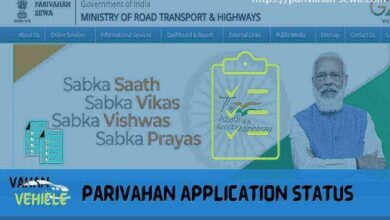RFP Automation: What Is It?

Request for Proposal (RFP) processes are essential yet complex activities in business procurement. They involve the intricate task of gathering, analyzing, and choosing the best vendor proposals. With technology evolving, RFP Automation has emerged as a game-changing solution for modern businesses. It significantly enhances efficiency and accuracy in handling proposals. Below, we delve into what RFP Automation entails and its substantial impact on the business landscape.
RFP Automation Explained: Streamlining the Proposal Process

RFP Automation refers to using software to manage and streamline the proposal process for obtaining products or services. It enables organizations to create, send, and evaluate RFPs efficiently. This technology replaces manual, time-consuming tasks prone to error, streamlining communication and decision-making across the board.
By employing RFP Automation, businesses can create a repository of proposal-related documents. This centralization ensures that all stakeholders have access to the latest information, increasing transparency throughout the RFP process. Additionally, automated workflows guide users through each step, ensuring compliance and allowing for a standardized approach.
Integrated scoring systems are a critical feature of RFP Automation software, simplifying the complex task of assessing proposals. These systems enable reviewers to rate responses based on pre-determined criteria, which helps mitigate bias and promotes fair vendor selection. Analysts can devote more time to strategic aspects of the review process rather than getting bogged down by paperwork.
Furthermore, automated alerts and reminders keep projects on schedule. Staying within the timeline is vital for a successful RFP process, and automation tools ensure that deadlines are met, preventing costly delays. The agility offered by this software is a boon for organizations looking to maintain competitiveness in fast-paced markets.
Key Benefits of RFP Automation for Businesses
The adoption of RFP Automation within an organization brings about a plethora of benefits. Primarily, it reduces the administrative burden associated with the RFP process. By allowing the software to handle repetitive tasks, staff can refocus their efforts on more strategic initiatives that drive business growth.
Accuracy is significantly improved with RFP Automation. Automated systems reduce the likelihood of human error, which can be costly in terms of time and money. Reliability in data handling bolsters the company’s reputation among vendors and partners, marking the business as a serious and professional entity.
Another significant benefit is the speed of the RFP process. What once took weeks can now be accomplished in a fraction of the time. This efficiency saves time and allows businesses to respond quickly to market changes, seizing opportunities that slower competitors might miss.in
RFP automation also realizes cost savings. The reduction in time spent managing RFPs translates directly into reduced labor costs. Moreover, organizations can leverage the software’s analytical capabilities to make cost-effective decisions by comparing proposals side by side with granular detail.
How RFP Automation Software Transforms Vendor Selection

RFP Automation has redefined the vendor selection process. Organizations gain a more detailed and objective overview of the proposals they receive. The software ensures that each vendor is evaluated based on the same criteria, leading to a more equitable selection process.
Enhanced collaboration tools within the software allow better communication among the selection committee. Team members can share real-time notes, scores, and feedback, creating a cohesive decision-making environment. This shared access prevents information silos that can lead to poor choices.
Automation in vendor selection also provides more significant insights through analytics and reporting. Decision-makers can use in-depth reports to understand how each proposal compares. With data-driven insights, businesses can negotiate better terms and select the most advantageous offer.
RFP Automation elevates vendor relationships by creating a more responsive and transparent selection process. Vendors appreciate timely feedback and clear communication, which the software facilitates. Over time, this can lead to stronger partnerships and better procurement outcomes.
Overall, RFP Automation is a transformative force in procurement that brings substantial efficiency, transparency, and strategic advantages to businesses. It simplifies the proposal management process and paves the way for more informed and effective vendor selections. As technologies continue to evolve, the capabilities of RFP Automation will undoubtedly expand, continually enhancing the procurement landscape for businesses worldwide.





